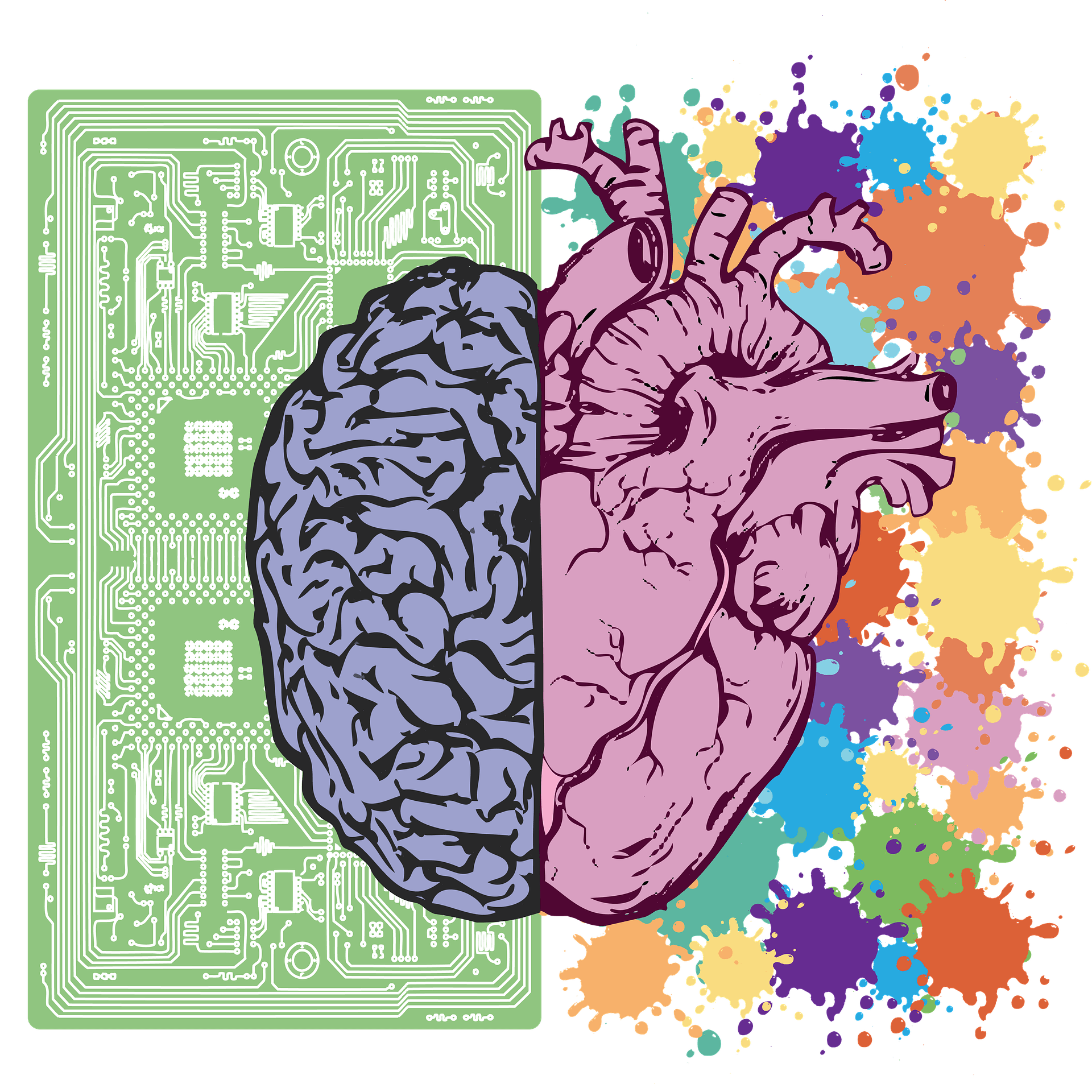Usually, these three terms are used to describe what’s on our plate and goes inside our stomachs. But Sattva, Rajas & Tamas originated as a part of bigger metaphysical explanation put forth by the Sankhya School of Indian Philosophy. Let’s see how!
According to this philosophy, everything in the world can be divided into two categories – Purusha (Soul) and Prakriti (Material, including the human body). Purusha as an element is unchangeable and infinite. Prakriti, on the other hand, is constantly evolving and impermanent.
Prakriti is said to be the unity of three gunas held in equilibrium – Sattva (purity), Rajas (activity) & Tamas (destruction). These gunas make up Prakriti and through it, the worldly objects. Their nature is subtle and imperceptible. Thus, their presence is gauged from their consequences – pleasure, pain and indifference respectively. Happy Ho organizes best Meditation and Tarot classes in Noida and Delhi NCR area in India.
Sattva means real or existent and is responsible for manifestation of true consciousness. It manifests as purity, harmony and knowledge; free from any sort of negativity. People wish to increase this guna to the highest possible level in order to attain liberation. It’s light and bright and its colour is white.
Sattvic lifestyle includes eating whatever grows above the ground and in the presence of sunlight, basically fresh fruits and vegetables, practising yoga and a non-violent way of life, engaging in activities that are not only beneficial to oneself but also to others.
Rajas which literally means foulness is based on the principle of motion or activity. It results in pain. Restless activity, anxious effort and untamed stimulation surface as a result of Rajasic activity. You are attached to the material world and therefore, living in constant phases of desire and attachment. You eat food that is spicy and fried. Its colour is red.
Tamas literally translates into darkness and refers to inertia. It produces apathy and indifference. Ignorance, confusion, laziness and pessimism are its results. It is opposing to Sattva as its nature is heavy. And it falls off track with Rajas due to its nature to arrest activity. Under its influence, you eat meat, processed food and drink alcohol or smoke. It’s colour is dark.
Final Word
These three gunas are intermingled. The nature of a particular thing is determined by the predominance of a particular guna in its case. However, in the case of humans, the proportion of these gunas can be reformed for the better by improving one’s lifestyle. And that’s a ray of hope right there!
Samkhya is known for its theory of gunas. Guṇa, it states, are of three types: sattva being goodness, compassion, illumination, and positivity; rajas being activity, chaos, passion, and impulsivity, potentially good or bad; and tamas being the quality of darkness, ignorance, destruction, lethargy, negativity. All matter (prakṛti), states Samkhya, has these three guṇas, but in different proportions. The interplay of these guṇas defines the character of someone or something, of nature and determines the progress of life. The Samkhya theory of guṇas was widely discussed, developed and refined by various schools of Indian philosophy. Samkhya’s philosophical treatises also influenced the development of various theories of Hindu ethics.





